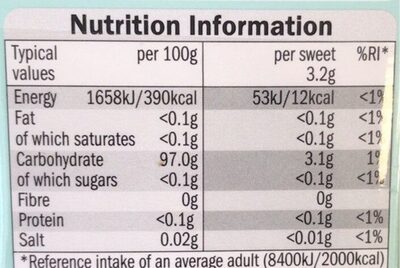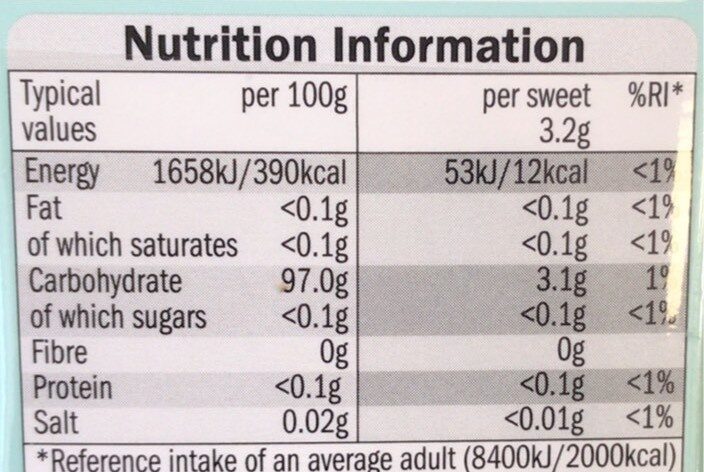Clear mint drops - sweet street - 44g
Ambiguous barcode: This product has a Restricted Circulation Number barcode for products within a company. This means that different producers and stores can use the same barcode for different products.
×
This product page is not complete. You can help to complete it by editing it and adding more data from the photos we have, or by taking more photos using the app for Android or iPhone/iPad. Thank you!
×
Barcode: 20369576
Quantity: 44g
Packaging: Box
Brands: sweet street
Categories: Snacks, Sweet snacks, Confectioneries
Manufacturing or processing places: Dublin
Stores: Lidl
Countries where sold: United Kingdom
Matching with your preferences
Environment
Packaging
Transportation
Report a problem
Data sources
Product added on by openfoodfacts-contributors
Last edit of product page on by packbot.
Product page also edited by kiliweb, vaporous, yuka.sY2b0xO6T85zoF3NwEKvlhJmb9rarTzDDSTUoVzb6-a0CLPXf4BT07XaFas.
If the data is incomplete or incorrect, you can complete or correct it by editing this page.









